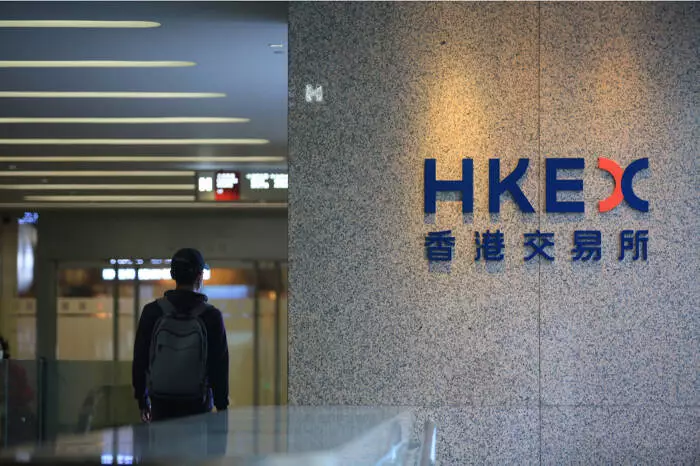The recovery of Asian markets in early February has sparked renewed interest among investors and analysts alike. The Hang Seng Index, in particular, has demonstrated remarkable momentum with a 4.49% surge, marking its most substantial weekly rise since October. This resurgence can be attributed to various factors, including alleviated trade tensions and significant advancements in artificial intelligence (AI) within China, which have collectively bolstered investor confidence across the region.
The remarkable performance of the Hang Seng Tech Index further exemplifies the prevailing bullish sentiment, with a striking increase of 9.03% over the week. This continuous upward trajectory over four consecutive weeks underscores a broader optimism associated with technology stocks. Prominent players such as Tencent and Alibaba led the charge, benefiting from the technology sector’s overall upswing. Tencent’s shares rose by 6.36%, while Alibaba experienced an even more significant gain of 13.25%.
Such movements reflect a growing trend where tech companies are viewed as essential drivers of future economic growth, particularly within the context of China’s ambitions in AI. These developments have not only made waves in the Hong Kong market but have also extended to mainland indices. The CSI 300 and the Shanghai Composite recorded gains of 1.98% and 1.63%, respectively, as investors appeared undeterred by disappointing private sector data, including weak PMI readings that typically attract concern.
Across commodities, the week ending February 7 showed a blend of performance, particularly in precious metals and energy markets. Gold prices reached a notable high, reaching $2,887 before concluding at $2,860—an impressive 2.25% weekly increase and the sixth consecutive week of gains. Such momentum was driven by heightened demand for safe-haven assets amid ambiguous economic signals and ongoing trade concerns.
Conversely, iron ore prices also climbed, pushed upward by optimism surrounding the avoidance of a trade war between the U.S. and China. Still, the crude oil market faced additional pressure from rising U.S. inventories and political rhetoric surrounding potential tariffs on trading partners—a situation summarized by President Trump’s threats against retaliatory measures. This mixed performance highlights the complexities in commodity markets, where geopolitical tensions and supply dynamics interplay to shape investor sentiment.
In Australia, the ASX 200 posted a slight decline of 0.24%, despite gains in sectors such as banking, mining, and technology. The performance of Northern Star Resources illustrates this trend, with a 2.49% increase, echoing broader movements in gold prices. Furthermore, the demand for high-yielding bank stocks surged as U.S. Treasury yields fell, resulting in notable gains from major banks like National Australia Bank and Commonwealth Bank of Australia.
While the Australian market demonstrated resilience, the Nikkei Index in Japan fell by 1.03%. Economic indicators revealing rising cash earnings and household spending brought expectations of a potential interest rate hike by the Bank of Japan (BoJ) into the spotlight. However, the possible appreciation of the Yen could jeopardize earnings for Japanese exporters, leading to mixed reactions in the stock market.
In the week ahead, Asian markets brace for potential volatility, driven by Trump’s tariff threats and the lingering effects of the U.S.-China trade narrative. These developments introduce an element of uncertainty, particularly for technology and export-oriented sectors, which are often the first to feel the repercussions of heightened trade tensions.
As corporate earnings reports loom from major companies such as Sony, Softbank, and Honda Motor Co., investors are likely to keep an eye on monetary policy signals, market trends, and economic data releases. The potential for conflicting narratives between hawkish central bank stances and economic growth optimism will shape trading strategies.
While the recent performance of Asian markets offers a glimmer of optimism, navigating the complexities of geopolitical risks and economic cycles will be crucial for stakeholders in the forthcoming weeks. Understanding the interplay between these factors will be key to making informed investment decisions moving forward.

